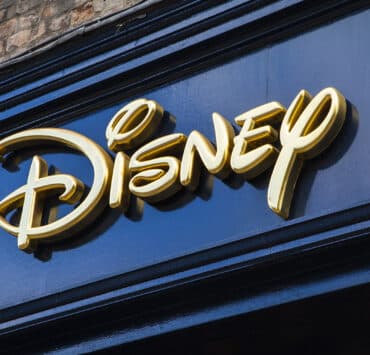The past few decades have seen some key shifts in the philosophies around Latino marketing. Advertising executive Luis Miguel Messianu, president and chief creative officer of the Miami-based agency Alma, has cruised the waves. Interestingly, he says, in many ways, the tide has come back in.
Messianu disembarked in the United States in Orange County, California, in the late 1980s. A US agency had wooed him from his native Mexico, where he had been a rising star in advertising, working on accounts such as Coca-Cola, Nestlé, and General Motors. Once stateside, he noticed that the Latino marketing sphere was decidedly square, meaning, if you didn’t fit into a precut box, the industry wasn’t quite sure what to make of you.
“There were very stereotypical [Latino] images back then—all the clichés Hollywood had created,” Messianu recalls. With Romanian parents, his European features didn’t fit the typical vision of a Latino ad man, which often provoked awkward encounters with clients. “The first comment was usually, ‘You don’t look Mexican.’ The second was, ‘What makes this idea Hispanic?’” For Messianu, those assumptions fell somewhere between perplexing and comical.
“First, it was crazy to have to justify my expertise based on my looks,” he says. Further, as a seasoned copywriter, he was also shocked by the need to pinpoint the origin of his creativity. “When I was working in Mexico, I didn’t have to explain what was ‘Mexican’ about an idea. It was simply strategic—solving a problem. I didn’t know that strategy required an ethnicity.”
The constant questioning of the “Latino-ness” of his work provoked a quest of his own: “What does being Hispanic mean in this country?” To find the answer, Messianu journeyed to storied “barrios”—Olvera Street in Los Angeles and East LA bars; the Southwest stronghold of El Paso, Texas; the Spanish-speaking Bronx, New York. “I gained a lot of respect for the consumer out there,” he says.
Messianu found that while there are nuances among Latin Americans—different linguistic expressions, climates, cuisines—certain commonalities bond Latinos culturally. The centrality of emotions is one.
“Most likely we [Latinos] are going to be more emotional than rational,” he says. “I’m going to be far more ‘Latino’ in how I approach emotional categories. Food, for example. I have a clear preference; I’m open to trying different things, but my mind-set is more driven by impulse. I’m going to be more rational if we’re talking about insurance. It changes based on the category, needs, and status of each individual,” he says.
The key for brand managers is to understand which category their product falls into, and then follow the ethnic insights to win the Latino dollar. Alma—selected by Ad Age multiple times as one of the United States’ top 10 agencies—caters to clients looking to do just that.
“I’m a copywriter by conviction, a brand builder by definition, but internally I’m an instigator,” Messianu says. “I make my team think harder.” A thirst for learning is at the core of the agency’s solutions for clients ranging from McDonald’s to State Farm to Florida Blue.
As for the once-hot marketing debate over regional identity—namely, whether each Hispanic nationality requires a radically disparate approach—Messianu has always advocated for simplicity. “At the end of the day,” he says, “we’re all human beings. There are ways to find similarities as opposed to looking for even more differences.”
Today, Messianu says, many in the industry are pushing to find more intersections with the general market. Budgets are still tight. Plus, young Hispanics view themselves as completely bicultural: 100 percent Latino and 100 percent American. Based on these two factors, “sole market” or “total market,” campaigns are trending. “Marketers are aiming to develop one platform that appeals to all the different ethnic segments,” he explains.
In this way, multicultural agencies have come full circle since Messianu’s start, he says. The trick is that now they must justify what is not Hispanic about a given idea, aiming to highlight its universal appeal instead. But he affirms with conviction that multicultural agencies are better equipped to address this search. “To us, the new mainstream is upstream.”
Corporations are beginning to knock on Alma’s door, asking if their global campaigns will resonate in the Hispanic community. But these campaigns are often so general they lack relevant or meaningful cultural cues for Latinos. “The answer we give to our clients is that yes, we can make it work,” says Messianu. “The question is how much harder your message can work against this segment—and how much money you’re leaving on the table.”

